Introduction
Discover the unique world of transitional sectional sofas, where classic and contemporary styles blend seamlessly. This article delves into the transitional interior design style, a harmonious fusion of traditional and modern aesthetics that emphasizes comfort and softness. We explore the characteristics of transitional sectional sofas, including materials, shapes, sizes, and color schemes. We also highlight the benefits of these sofas, their versatility, comfort, and ability to blend with various decor styles. Lastly, we provide a guide on choosing the right transitional sectional sofa, considering factors like room size, existing decor, and lifestyle.
Understanding Transitional Style
Transitional interior design is a balanced blend of traditional and modern styles. It creates a unique design that updates the classics with a cohesive, modern feel. This style balances luxury with comfort, masculine with feminine, and antiques with new pieces. The result is simple sophistication. Rather than prioritizing form over function, transitional interior design emphasizes comfort and softness. It bridges the gap between traditional and modern without feeling too stuffy or stark, making it perfect for growing families.
Characteristics of Transitional Sectional Sofas
Materials and Textures
Material is a key consideration when choosing a transitional sectional sofa. Options range from leather to polyester and microfiber upholstery. Each material has its unique advantages. Leather, for instance, exudes a luxurious look and is easy to clean, but requires regular conditioning. On the other hand, microfiber is highly durable, making it suitable for family use. It's also available in a wide array of colors, allowing you to add a pop of color to your room.
Shapes and Sizes
Transitional sectional sofas come in various shapes and sizes to fit different spaces and needs. The most common shape is the L-shaped design, which is versatile and fits well in most room layouts. The sizes range from large, above 96 inches, to medium-sized ones between 60-96 inches. Whether you need a spacious sofa for a large living room or a compact one for a smaller space, there's a transitional sectional sofa to meet your needs.
Color Schemes
Transitional sectional sofas come in a variety of color schemes to blend with different decor styles. For instance, a cream-white sectional sofa can warm up a black-and-white themed room, while a tangerine sectional can add character to a room filled with bright hues. A gray sectional can bring elegance to a room, and a white sectional can bring a sense of equilibrium. Dark gray sectionals can add a retro vibe, and charcoal gray sectionals can contrast beautifully with a monochromatic color palette. Thus, transitional sectional sofas offer a wide range of color options to suit various aesthetic preferences.
Benefits of Transitional Sectional Sofas
Transitional sectional sofas offer numerous benefits. They maximize seating in limited spaces, providing a fantastic alternative to separate sofas and loveseats. Many feature a chaise for lounging comfort, adding to their versatility. They also create visual interest, especially when chosen with a strong design style. Some are designed with overnight guests in mind, transforming into a guest bed. Lastly, they create a casual and welcoming space, making them ideal for family gatherings.
Versatility and Adaptability
Transitional sectional sofas offer unparalleled versatility and adaptability. These multi-piece sofa systems allow for customized seating arrangements to perfectly fit the unique needs of your family and the layout of your home. They offer ample seating capacity while taking up less floor space than multiple stand-alone sofas. The defining characteristic of a modular sofa is that it comprises multiple sofa sections that can be arranged in numerous configurations, including L-shaped and U-shaped sectionals, and configurations with a reclining section.
Comfort and Functionality
Transitional sectional sofas are designed for absolute comfort. They provide ample space for families or groups to stretch out and relax together. Today's sofas are highly functional, offering customized seating arrangements to perfectly fit the unique needs of your family and the layout of your home. They offer ample seating capacity while taking up less floor space than multiple stand-alone sofas. When selecting a sectional sofa, one of the most important considerations is picking the right size for your room to ensure it will fit comfortably.
Blending with Various Decor Styles
Transitional design is a unique blend of traditional and modern aesthetics, making it a versatile choice for various decor styles. It's a foundation aesthetic that allows for growth and change, not committing to one singular point of view. This style can lean into or layer into other styles, silhouettes, and shapes. For instance, in a transitional home, you might find more linear furniture paired with a few pieces that bring in softer curves. This versatility makes transitional sectional sofas a perfect choice for those who appreciate the warmth of traditional design but also enjoy the clean lines of modern style.
Choosing the Right Transitional Sectional Sofa
When choosing a transitional sectional sofa, it's crucial to measure your space and understand the dimensions you're working with. Consider the fabric choice, keeping in mind the practicality and your lifestyle. Understand the difference between right-facing and left-facing sectionals, as it impacts the layout. The depth and height of the seat are important for comfort, especially if you enjoy lounging or napping on your sofa. Choose a color that you can live with and that complements your existing decor. Consider the shape of the sectional that suits your space and needs, and remember to consider the size and shape of your coffee table.
Assessing Room Size and Layout
Arranging your sectional sofa effectively depends on assessing your room size and layout. For smaller living rooms, consider floating your sectional away from the walls to enhance the flow of the space. In rooms with limited square footage, arranging your sectional sofa in a corner can be a smart, space-saving solution. For open floor plans, strategically placing a sectional sofa can help delineate and create distinct living zones without compromising the open and airy feel of the room. Experiment with these ideas to discover the perfect arrangement that reflects your style and transforms your living room into a stylish and functional haven.
Matching with Existing Decor
When incorporating transitional designs into your living room, consider the furniture you already have. Evaluate your current layout to determine what kind of pieces you may want to add or replace. If your sofa has classic sloping curves, use a square coffee table to create visual interest. Modern glass top and dark wood tables take on a transitional vibe when paired with traditional living room sets. Remember, balance is key when choosing larger pieces like seating.
Considering Usage and Lifestyle
When considering usage and lifestyle, it's important to note that sectional sofas may not always be practical for guests due to their design. Additionally, they may not provide an easy place to set down food or drinks. Moreover, the size and shape of sectionals can limit the way you move around the space. Therefore, while choosing a transitional sectional sofa, consider your lifestyle and how the sofa will be used in your space.
Conclusion
In conclusion, transitional sectional sofas offer a unique blend of traditional and modern styles, creating a versatile and adaptable piece of furniture that can fit into various decor styles. They offer numerous benefits, including maximizing seating in limited spaces, providing comfort, and creating a welcoming space. When choosing a transitional sectional sofa, it's crucial to consider your room size, existing decor, and lifestyle. By carefully considering these factors, you can find a sofa that not only fits your space but also complements your style and meets your unique needs. Embrace the transitional style and enjoy the sophistication and comfort it brings to your home.
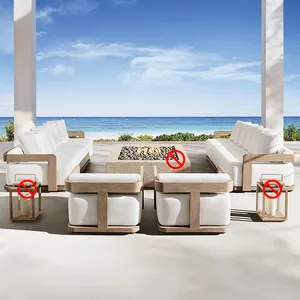




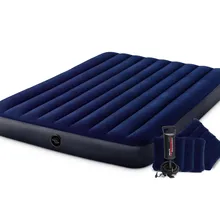


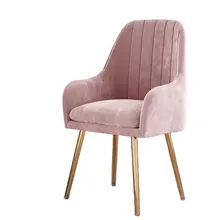








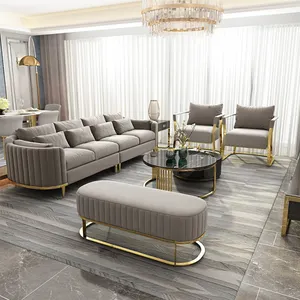
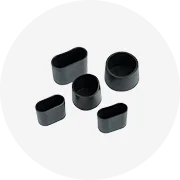
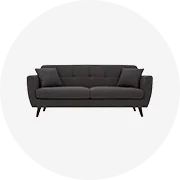
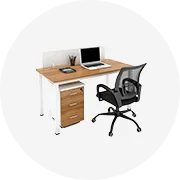

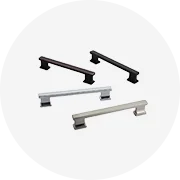
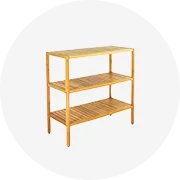

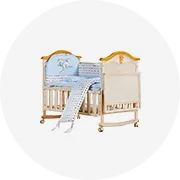








 浙公网安备 33010002000092号
浙公网安备 33010002000092号 浙B2-20120091-4
浙B2-20120091-4